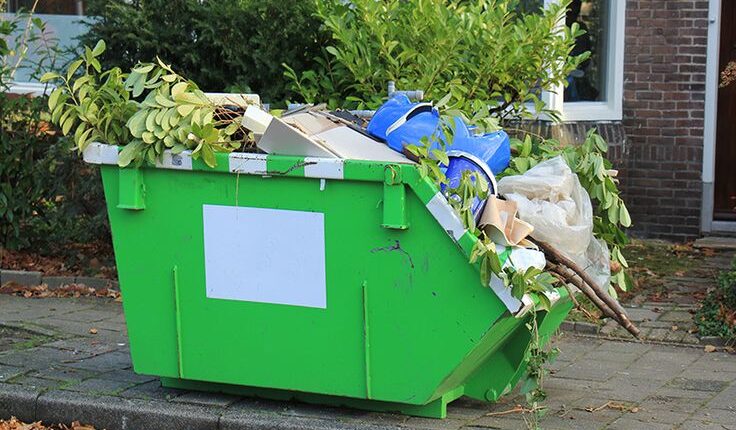Methods of Waste Disposal that Work at Homes and Businesses
One of the pillars upon which a society that strives for growth is built is efficient waste management. Suppose a town or city cannot effectively manage its trash. In that case, it may have big shopping malls, world-class clinics, and a communications network that is flawlessly set up, yet, its residents will suffer from poor health, environmental deterioration, and unclean living conditions.
Reducing, reusing, and recycling garbage may sound like a cliche, but these three practices should be at the center of every waste management strategy. Imagine where materials such as plastics were routinely recycled and repurposed. The number of resources and money that might be saved would be enormous, and the rate at which landfills would fill up would slow down.
Because they have been put through the paces, some management strategies are regarded as among the most effective alternatives. Please take a look at how they assist with the management of garbage in household and commercial settings.
Recycling
The process of recycling is costly, and certain materials require significantly more resources than others. However, after determining which materials may be recycled, subsequent efforts should be taken to put that knowledge into practice.
Recycling has several advantages, some of which include the generating of cash through the sale of recycled material, the preservation of space in landfills, and the extension of the useful life of items. The materials may need to be handled and sampled, but considering that this step is included in most production procedures, it should not be a problem.
Composting
Composting is managing the breakdown of organic materials through a controlled decomposition that can be carried out on either a small or a big scale. It results in the production of nutrient-dense fertilizers, which may be resold and used to achieve beneficial outcomes.
Composting, much like recycling, may bring in money and open up employment opportunities. It also can lessen the transmission of infectious diseases if done correctly. Additionally, space is preserved in landfills.
Composting on a big scale requires a suitable amount of space and stringent monitoring of runoff and insects. These are a few aspects of composting that merit more investigation.
Rendering
The process of rendering entails processing animal corpses so that they can be converted into marketable items. For instance, slaughterhouses produce a large amount of trash, such as horns, bone, and inedible tissue. It is both time-consuming and prohibitively expensive to get rid of them. Rendering, however, not only addresses the problem but also brings in the cash.
The method may be found in a significant number of the items that we consume. The production of animal feed, candles, and soaps, in addition to the rolling of steel, are all significant users.
Incineration
Incineration refers to the process of burning waste products in well-managed settings. Incinerators use incredibly high temperatures to burn hazardous trash that cannot be recycled or composted. This material is then fed into the incinerators. The primary advantages of the process include a decrease in the volume of garbage, the elimination of microorganisms (such as those found in disease-carrying medical waste), and a lessening of the damaging effects of waste.
The production of residue and the possibility of undesirable byproducts are two drawbacks of incineration. Because it is a highly regulated procedure that requires in-depth expertise and specific equipment, only some towns or small cities may have a facility.
Conclusion
In the field of waste management, there are a variety of different industrial waste recycling solutions that may be used; however, these practices are and should only be used when the aforementioned techniques are unable to be used.
Infographic created by Cascade Building Services, Offering Commercial Janitorial Services Portland, OR


Comments are closed.